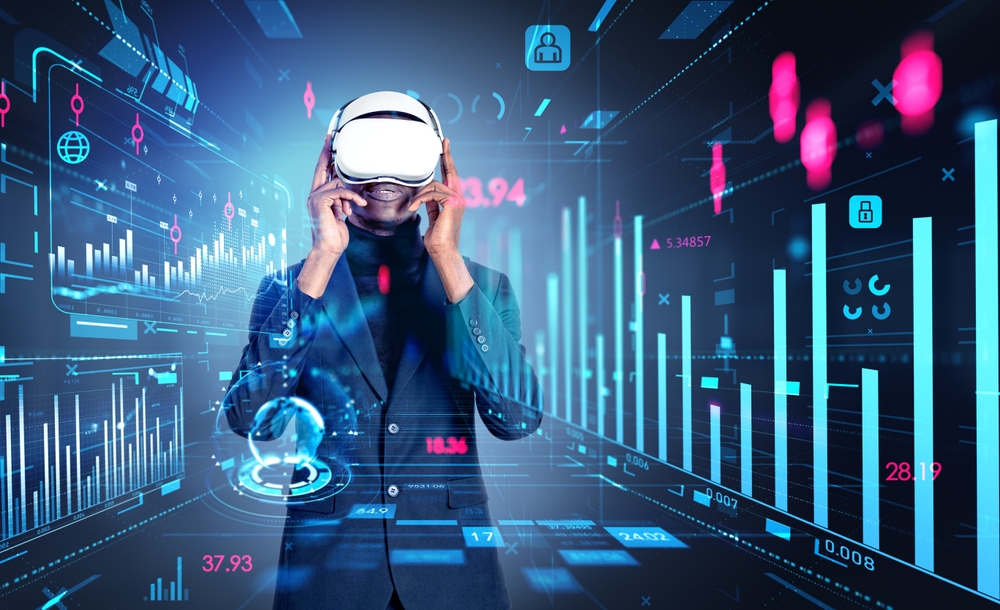Where Does Virtual Reality Training Excel the Most?
Best Use Cases of Virtual Reality Training
Get in touch.
Send us a message and we’ll get
back to you within 48 hours.
Alternatively, email
hello@shiifttraining.com
Best Use Cases of Virtual Reality Training
Virtual Reality (VR) is being used to train employees in a wide variety of industries such as construction, energy, retail, healthcare, aviation, transportation, pharmaceuticals, manufacturing, engineering and a whole lot more. If you can name an industry, chances are virtual reality training is being used in some way, taking advantage of the numerous benefits VR offers in training.
But what are they actually using it to train for? In which ways can VR Training be applied best? Many industries are using VR to train their employees purely for engagement reasons, and they incorporate virtual realty into their safety training which is an amazing way to increase learning retention and engagement. But on top of safety awareness training, it’s also being used for site/plant familiarization, assembling equipment, complex processes, vehicle training, etc.
This article will give you an overview of the situations where virtual reality training truly excels, compared to times where it’s less well-received, due to less outstanding results than you’d expected.

With VR training growing so substantially in recent years, and VR Training even being predicted to contribute $294 billion by 2030, it’s important for the industry to understand all the different use cases of virtual reality training and which ones VR offers the most benefits for.
Below we explore the core benefits all VR training use cases benefit from, and which use cases in a training context make the most out of the benefits that virtual reality offers.
The core benefits of VR training are what I refer to as the benefits that can exist in any form of VR training. Usually, if someone is investing in VR training for their company, they will have heard about these specific benefits, but there are actually more unique benefits that many VR training programs fail to take advantage of.
Core Benefits:
These core benefits have a strong impact on training in almost every use-case of VR learning. Here are some basic example use cases of virtual reality that benefit from the above list:
These types of training benefit highly from the core advantages that VR offers for learners, and sometimes can include other unique advantages. However, there are certain types of training that come with added, unique benefits that can only be achieved thanks to virtual simulations, and that’s exactly where virtual reality training truly shines.
VR Training Use Cases
Examples of VR Training Use Case or Industry
Takes Advantage of All Core Benefits
Creates Muscle Memory for Complex Processes
Allows Virtual Training for High-risk Scenarios with Increased Safety
Utilizes Interactive Digital Twins of Expensive Equipment to Reduce Costs of Hands-on Training
Create Uncommon/Unsafe Scenarios On-demand Virtually
Virtual Training Use-Case Rating
Soft Skills Training
✓
✓
Short-term Linear VR Experiences for Safety Events or Awareness Campaigns
✓
✓
Virtual Tours with Digital Twins WITHOUT Hands-on Interactivity
✓
✓
Virtual Tours with Digital Twins WITH Hands-on Interactivity for Familiarization Training
✓
✓
✓
Training for Standard Industry Processes
✓
✓
✓
✓
✓
Training and Practice for Operating Heavy Machinery or Vehicles
✓
✓
✓
✓
✓
Workplace Safety Training
✓
✓
✓
This table makes it shows the many use cases of Virtual Reality training, and goes into which ones are taking the most advantage from virtual training. While all of these reasons for training benefit from virtual reality, the ones that stand out are:
Training employees to operate heavy machinery or carry out complex processes is often one of the most dangerous and costly areas of workforce development. Traditional methods rely heavily on on-the-job training, which exposes workers and equipment to unnecessary risk, or require repeated access to expensive assets that can’t always be spared for training.
Virtual reality solves these challenges by replicating machinery, complex processes, and entire environments in detail, allowing employees to safely practice operations, respond to errors, and build muscle memory before ever stepping into a live setting. This not only improves safety but also ensures greater efficiency and confidence once training transitions to real-world application.
These two categories stand out the most because the traditional training for it tends to be dangerous or highly expensive, and is often lacking in sufficient training that isn’t simply learning on-the-job which poses risks to all employees. In-depth virtual training like these ones tend to be more expensive depending on the length and complexity of the training, however when developed by the right training solution provider, the virtual training can become a worthy investment.
While every use case benefits from increased retention, engagement, and scalability, VR training shows its greatest impact in complex processes and high-risk environments where traditional training falls short. By providing safe, repeatable, and cost-effective simulations, VR enables organizations to train employees with a level of depth and effectiveness that cannot be achieved through conventional methods alone.
For companies looking to strengthen safety, reduce costs, and prepare their workforce for real-world challenges, virtual reality training stands out as one of the most powerful tools available today.
If you’re curious about having a custom virtual training tool for your own complex processes or heavy machinery, get in touch using the link below and we can get you a quote.
Deliver next generation training. Get in touch.
Email us at hello@shiifttraining.com or send
us a message and we’ll be in touch within 48hrs.